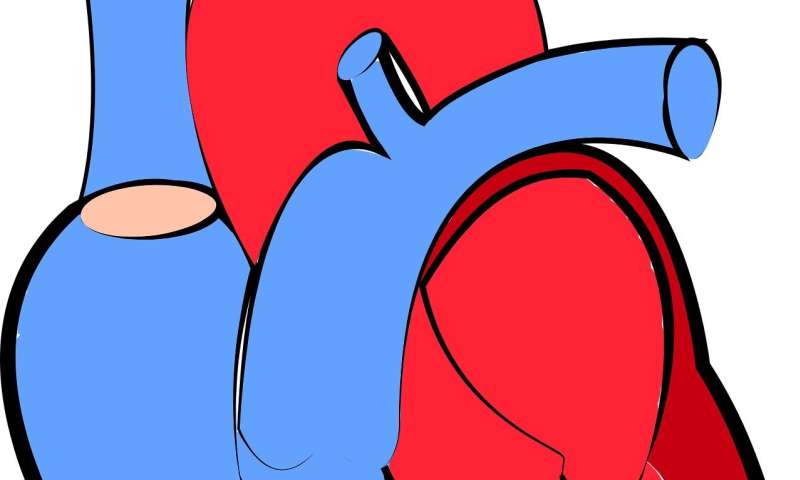

The number of patients with heart failure with preserved ejection fraction is on the rise, and the search is on for a therapy that can improve health outcomes in this group of patients for whom no approved therapies are available. In a Hot Line Session at the European Society of Cardiology Congress, 2019, investigators from Brigham and Women’s Hospital presented the results of Prospective Comparison of ARNI with ARB Global Outcomes in HF With Preserved Ejection Fraction (PARAGON-HF), sponsored by Novartis, the largest, randomized clinical trial of heart failure patients with preserved ejection fraction. The team reports that, overall, the drug sacubitril-valsartan did not significantly reduce heart failure hospitalizations and cardiovascular death compared to valsartan alone, but the data suggest benefit for patients in the lower ejection fraction range, for which there currently exists no approved therapies. Results are published simultaneously in The New England Journal of Medicine.
“Overall, we observed fewer hospitalizations for heart failure in patients who were treated with sacubitril/valsartan compared with valsartan alone, but these results were just short of statistical significance. However, we found that response to therapy differed based on patients’ ejection fraction. These findings extend our findings with sacubitril/valsartan in patients with frankly reduced ejection fraction to those with ejection fraction that is less reduced, but not normal,” said study co-chair Scott Solomon, MD, the Edward D. Frohlich Distinguished Chair and senior physician at the Brigham.
“Heart failure with preserved ejection fraction accounts for about half of all patients with heart failure; there are currently no approved therapies, and so this represents a huge unmet need,” said study co-chair John McMurray, MD, of the British Heart Foundation (BHF) Cardiovascular Research Centre, University of Glasgow.
In 2014, this same team presented data as part of the PARADIGM-HF trial showing that the angiotensin-neprilysin inhibitor sacubitril-valsartan significantly reduced heart failure hospitalization and cardiovascular death, compared with standard treatment, in patients with heart failure with reduced ejection fraction. The new trial, PARAGON-HF, examines the same drug’s effects but among heart failure patients with preserved ejection fraction (45 percent or higher).
About 5.7 million adults in the U.S. have heart failure, which is estimated to cost the nation $30.7 billion each year. “Ejection fraction” refers to the percentage of blood that gets expelled each time the heart contracts. A normal ejection fraction is 55 percent or greater. Patients with an ejection fraction of 40 percent or less are diagnosed with heart failure with reduced ejection fraction and therapies exist for these patients. In heart failure with preserved ejection fraction, in which the ejection fraction is greater than 40 percent, either the pumping ability of the heart or the filling ability of the heart may be impaired.
In PARAGON-HF, 4,822 patients were randomly assigned to receive sacubitril-valsartan or valsartan. Patients were followed for up to five years. During the study, there were 894 primary events (690 hospitalizations for heart failure and 204 deaths from cardiovascular causes) in 526 patients in the sacubitril-valsartan group. Of the 557 patients in the valsartan group, there were 1,009 primary events (797 hospitalizations for heart failure and 212 cardiovascular deaths). The difference between the groups did not meet the predetermined level of statistical significance.
Safety outcomes between the two groups were similar, with slightly higher rates of low blood pressure among patients taking sacubitril-valsartan, but lower rates in those patients of elevated serum creatinine or potassium — markers of kidney dysfunction — compared to those taking valsartan.
Solomon and colleagues analyzed outcomes among several prespecified subgroups, finding evidence of a benefit in women and in those patients with an ejection fraction of 45-57 percent. Women comprise a high proportion of heart failure patients with preserved ejection fraction. Historically, women have been underrepresented in cardiovascular clinical trials, but they comprised over half of the patients in this trial.
“Heart failure with preserved ejection fraction represents an important area of unmet need and limited understanding,” said Solomon. “Our findings suggest that there may be an important difference among female patients’ response to this therapy, and we’ll be working over the next several years to understand why.”

